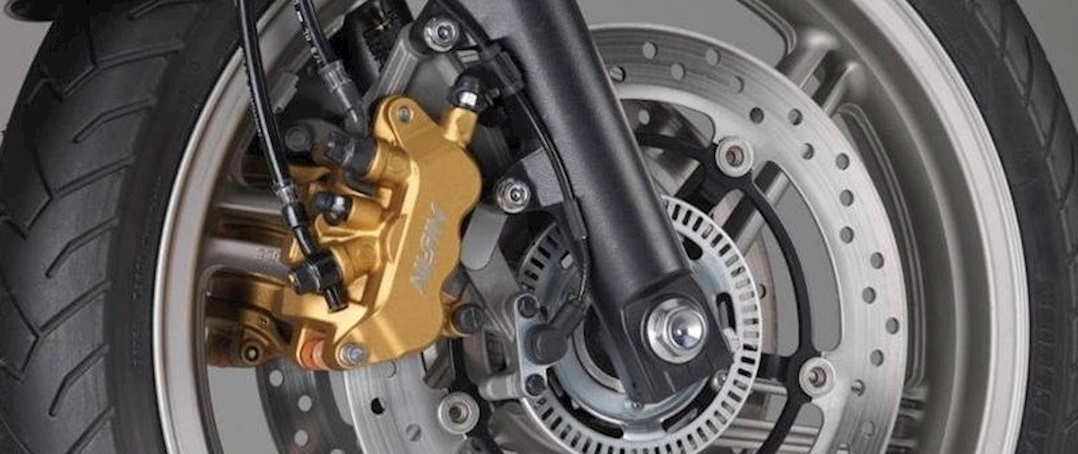

Thanks to ABS, riders can significantly reduce their stopping distance and avoid potentially life-threatening situations. ABS will repeat this action as long it detects a locking situation. when the motorcycle brakes are being applied - the ABS unit begins to engage by slightly decreasing the pressure applied by the brake system to allow the wheels to spin. If there is a dramatic change in the frequency of these signal pulses - i.e. They operate the same way as traditional brakes, only braking will happen more rapidly when ABS is engaged.Ī standard ABS unit works by measuring the frequency of signals sent by a magnetic sensor in the “tone wheel” of a motorcycle. Simply put, ABS on a motorcycle prevents your motorcycle brakes from locking and your tires from skidding. Riders who prefer the “ naked bike look,” for example, worry that adding an ABS unit will interfere with their bike’s bodywork, functionality, and aesthetic, while others with frugal pocketbooks aren’t sure ABS is truly worth the investment.īefore we delve into the pros and cons any further, though, let’s start with what ABS is and how it works. Whether you’re a seasoned rider or just starting out, ABS comes with its own set of advantages and disadvantages.

Which makes sense considering cars and trucks come standard with it.īut while many riders are eager to test out the capabilities of this motorcycle feature, some are still not convinced ABS is necessary. Does ABS make motorcycles safer to ride? Is it worth the investment?ĪBS motorcycles, or motorcycles with anti-lock braking, have become increasingly popular over the years.


 0 kommentar(er)
0 kommentar(er)
